
‘Experiential travel’: with Indian tea tourism, where estates become boutique hotels and homestays, take your love of the drink to the next level
- More Indian tea estates are offering immersive experiences in which guests can roam around a working estate, visit factories and enjoy tasting sessions
- India is the second largest producer of tea in the world, after China, and provincial governments are recognising the value of their tea heritage
From my rain-streaked window, through floral-print curtains, unfolds an exquisite Impressionist painting: knitted rows of emerald tea bushes, mist rolling across the distant Himalayan ranges, and candyfloss clouds.
My suite, furnished with a Raj-era four-poster bed with hand-embroidered bedlinens, teak flooring, and tables bearing vases and jugs of fresh garden flowers, takes me back to a sepia age.
The siren goes off at 5.30am, signalling the beginning of another day on the Glenburn Tea Estate. Children are sent off to school or crèches before their mothers follow invisible paths through the verdant tea estates and start dropping soft leaves of Darjeeling tea into silken piles in their baskets.
Six hundred kilometres from Kolkata and an hour or so from Darjeeling town, the Glenburn Tea Estate is in the foothills of the Himalayas, bordering the state of Sikkim.

The property – 1,600 acres (650 hectares) of tea gardens, forests and rolling hills – was established in 1859 by a Scottish tea company and is now owned by the Prakash family, who have restored its two colonial-era bungalows. Within are eight guest suites and communal living and dining areas.
Called the “champagne of teas”, Darjeeling is golden or amber in colour and has a unique, delicate flavour.
Paramount signed deal for Bali theme park, but will it ever be built?
Darjeeling tea comes from 87 estates, each producing a unique variety. The estates are almost small worlds in themselves, kept orderly for the owning families by managers.
A tour with Ranjan, one of the guides at Glenburn, starts a short drive away from the bungalows, on slopes above the Rangeet River, where women in rubber boots with baskets on their backs “fine pluck” from the bushes, removing the bud and the next two leaves of each tea plant, where the most antioxidants are found.
Tea picking is a delicate task that’s almost entirely entrusted to the careful hands of women.
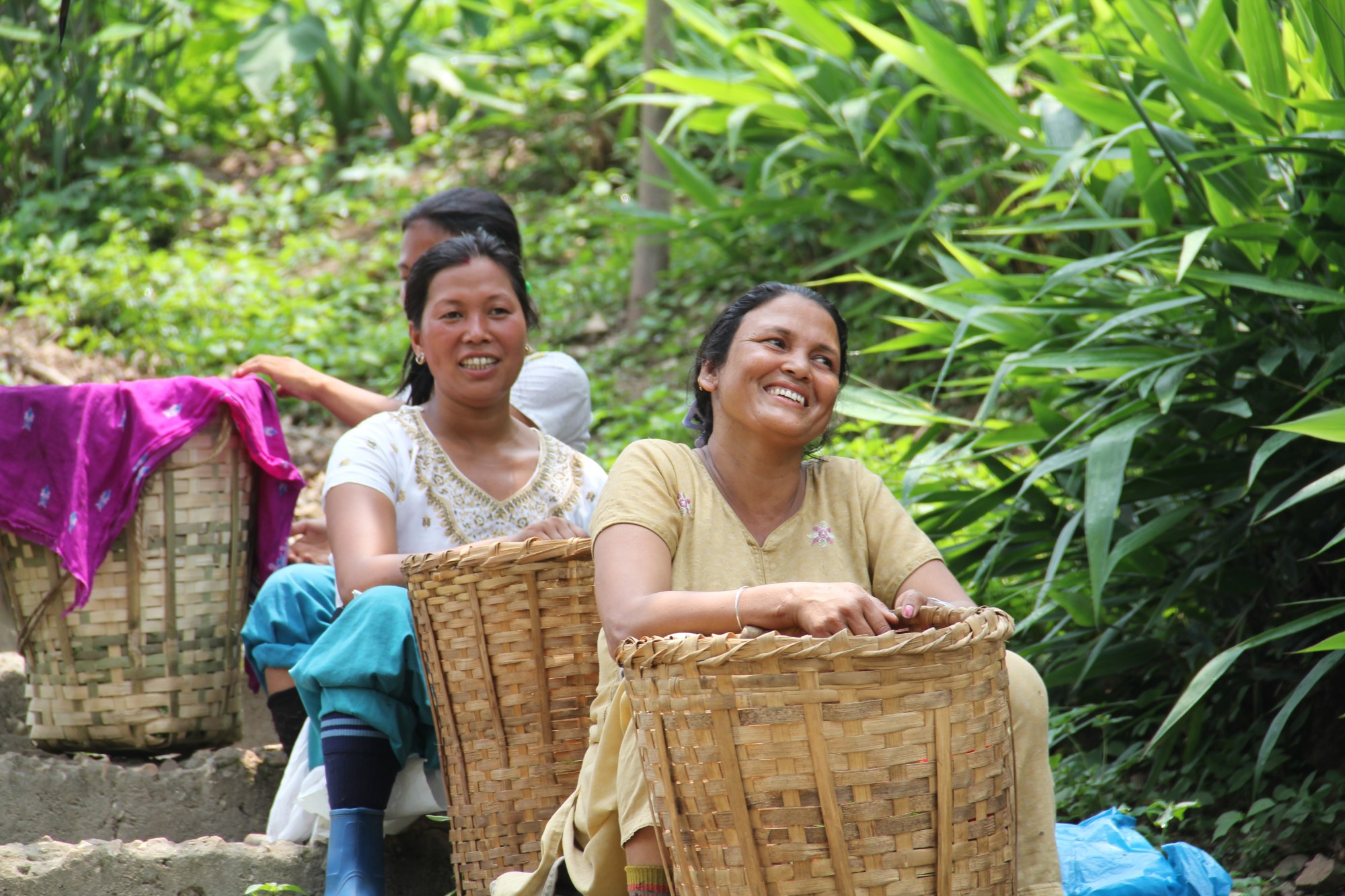

About 10 minutes from the property is the factory, which has green windows and a sloping roof. Inside, massive steel machines turn the harvest into something consumable according to the “orthodox” method, which involves whole leaves being withered, rolled, oxidised, fermented and dried.
Our 90-minute factory tour ends with a tasting session, where the differences in aroma, flavour, and appearance between black, green, oolong and white Darjeeling teas are demonstrated.
India is the second largest producer of tea in the world, after China, and most of its estates are in Darjeeling and Assam, in the northeast, and the Nilgiris, in the south.
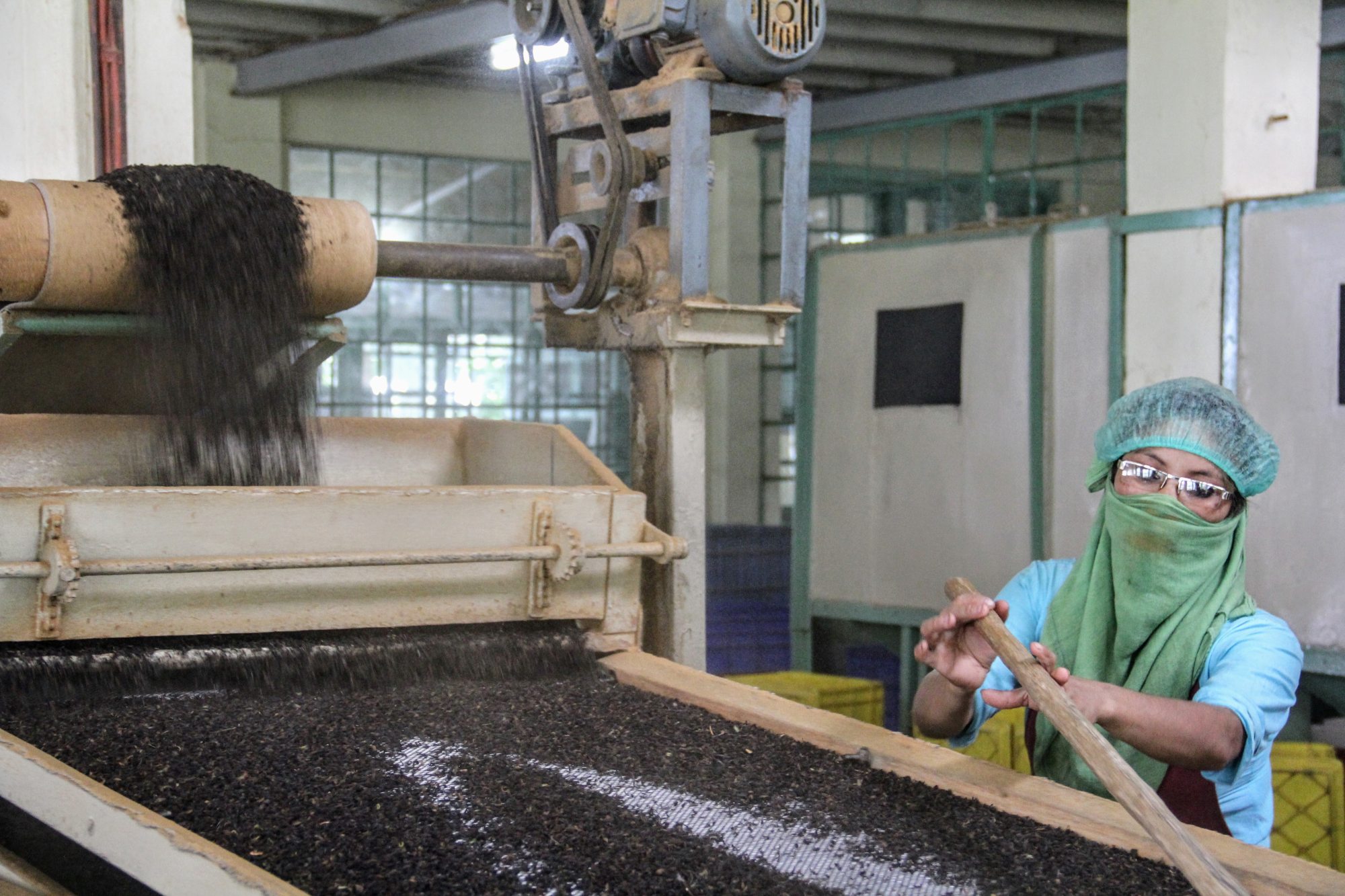

Many of the bungalows on the colonial-era estates – with high ceilings, fireplaces and grand dining rooms – have been converted into boutique hotels and homestays by the families that own or manage the properties.
Some offer butler service and afternoon high teas; most provide experiences that blend history, culture and nature.
Tea tastings and factory visits are interspersed with treks, cooking classes and activities involving the local community.
“It’s really simple: tourists are looking for experiential travel and tea companies need a side-stream income,” says Sangeetha Kichlu, an independent tea taster and sommelier, who points out that estates tend to be in mountain areas that provide respite from the searing heat of the Indian plains.
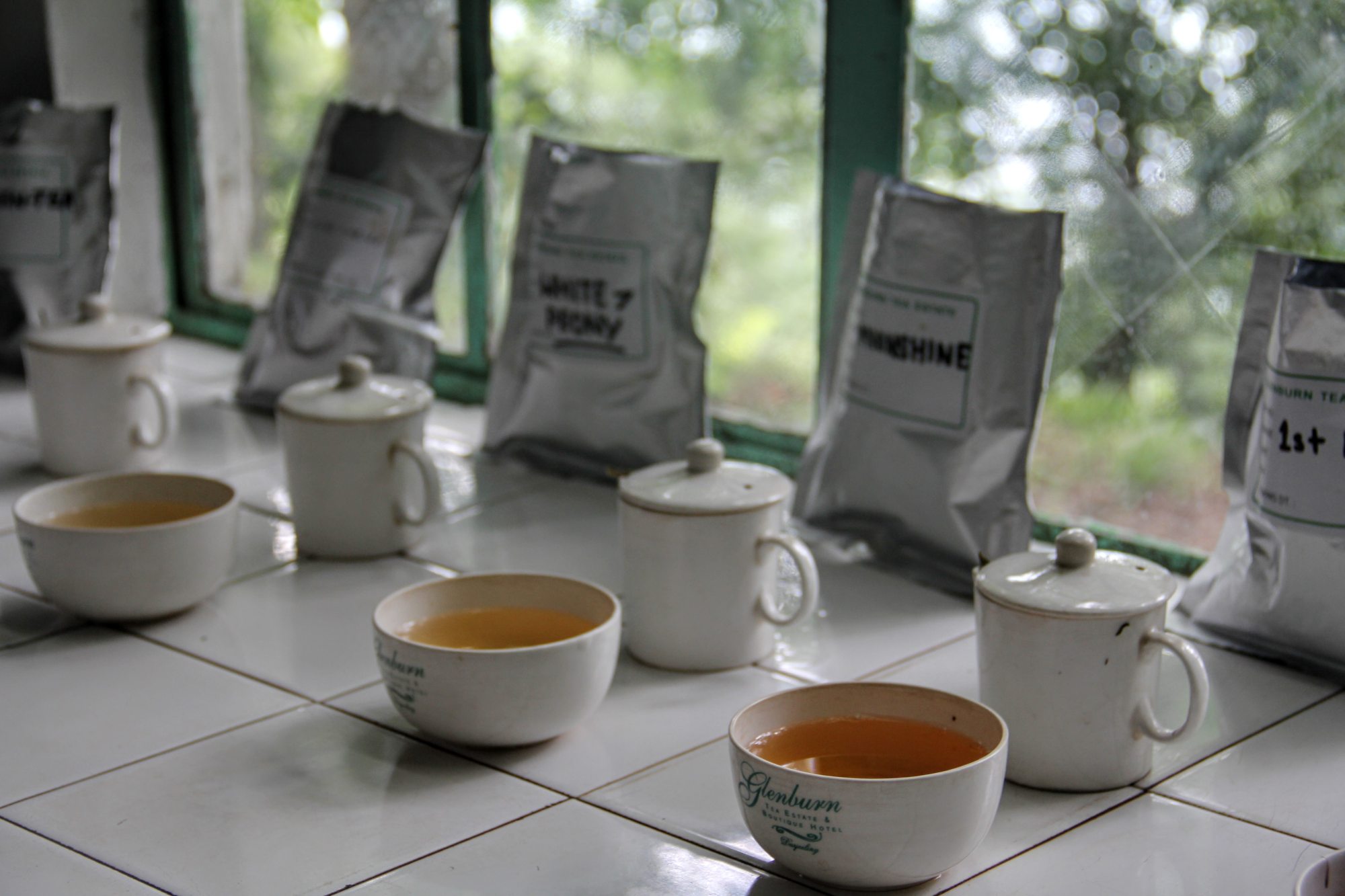

Shoba Mohan, of boutique hotel marketing agency Rare India, says tea tourism in the subcontinent is an “all-encompassing experience”.
“[It] can give travellers a perspective of the tea economy during colonial rule,” she says.
“Add to this the agronomics of tea plantations, the history of tea, the lifestyle of planters, nature and birding around the estates – some of them still have forests around – hikes and also a peek into the lives of communities who work on the plantation.”

One of the earliest properties to take advantage of tea tourism was the Windermere Estate, in the Western Ghats mountain range, near Munnar, in the state of Kerala.
Opened to visitors in 1995, the estate was named after its English namesake, a large body of water set among the rolling hills and mist of the Lake District.
“Our guests can take walks through the estate, visit a tea garden and factory, visit the tea museum, and do trails inside the grasslands and forests,” says owner Dr Simon John.
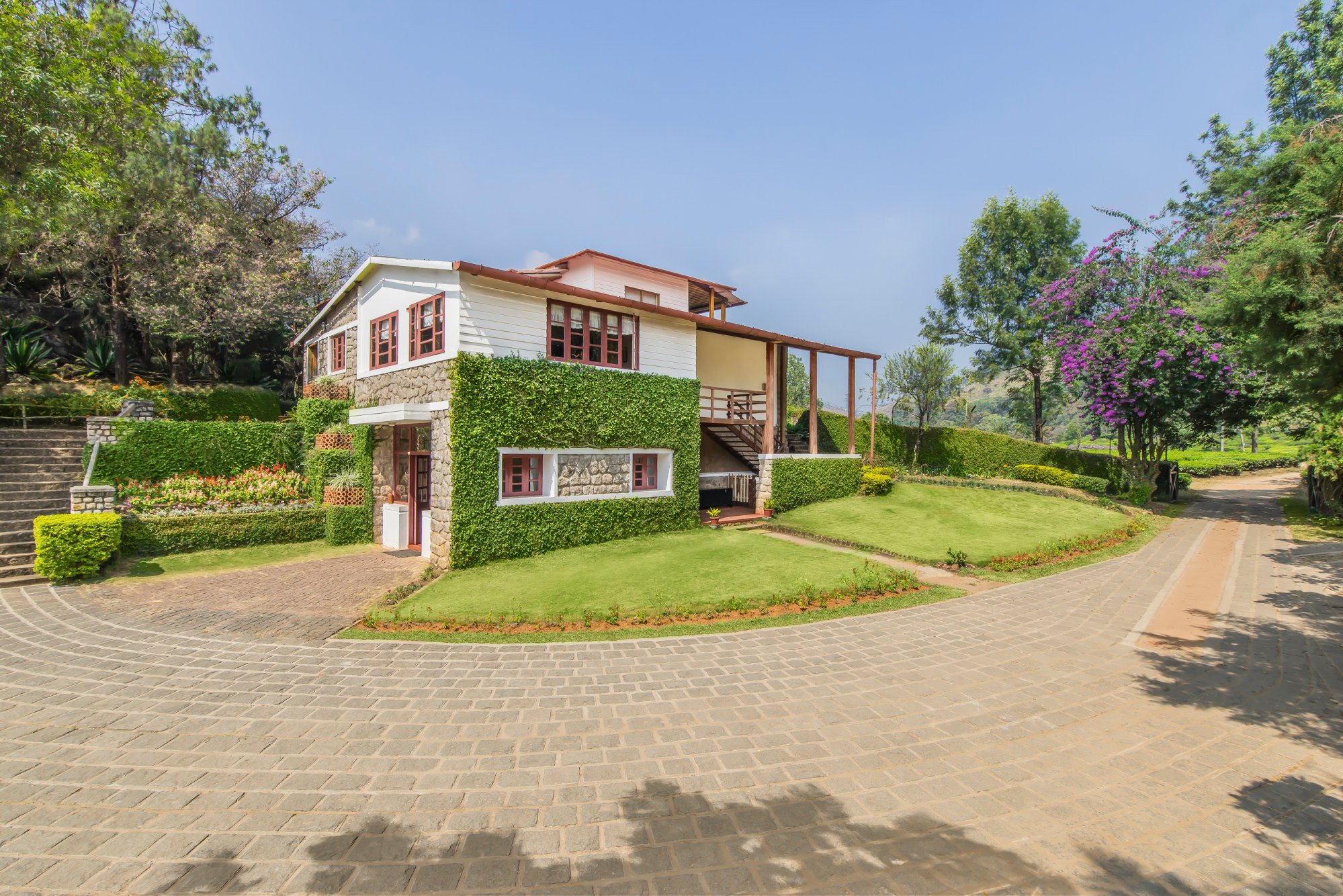
In Assam, the provincial government has recognised the value of its tea heritage. This year, it has allocated funds to 50 chosen estates to fund the building of guest houses and tourist facilities.
“Beside tourism, this will also help the local communities in skill development,” says Nayantara Palchoudhuri, chairperson of the Indian Tea Association. “Old tea bungalows are industrial heritage and should be preserved for posterity.”
At Valparai, a hill station in the Anaimalai hills of South India, is the Sinna Dorai’s Bungalow. Sinna dorai was the name given to the assistant tea manager in colonial times and the bungalows here were built in the 1930s, overlooking gardens laid out in geometric rows.


The Anaimalai hills are known for their flora and fauna, with leopards, bears, gaur and birds that range from hornbills to peacocks.
The natural world can be appreciated from the bungalows’ open verandas, each of which has a small table embedded with a board game.
The stone cottages and their polished wooden floors, high ceilings and glass-paned windows hark back to when they were the homes of colonial estate managers.
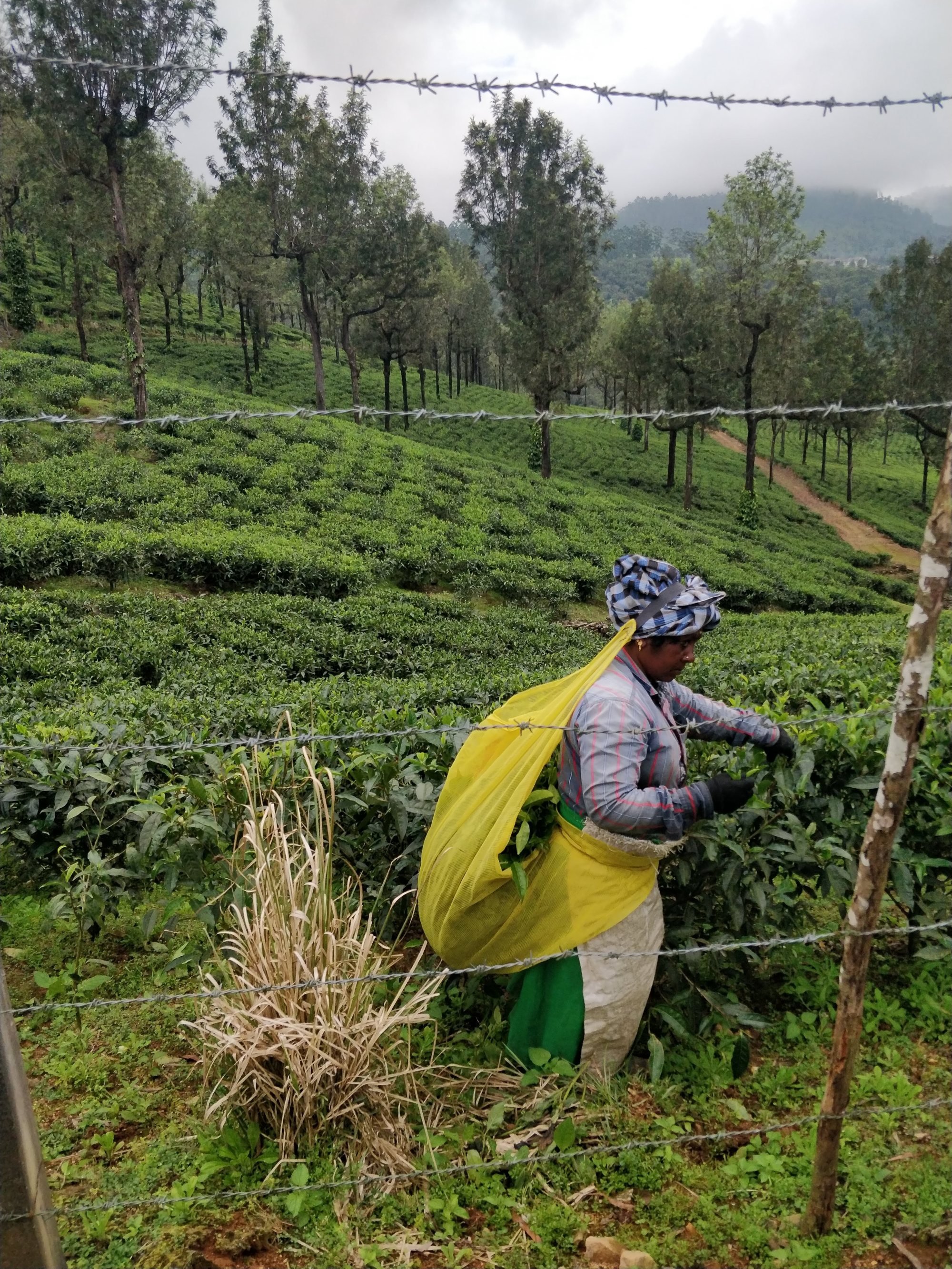

Trails lead away from the bungalows into the misty valley below and trips can be arranged to the Sholayar Dam and its backwaters, where wild elephants come to drink.
Most plantation stays are immersive experiences; you are a guest in a home, welcome to roam around a working estate by day and then return for drinks, dinner and lively conversation around the giant dining table when darkness falls.
A visit is also likely to ensure that whenever you have a morning cuppa, you’ll think of all the social ties, history and labour that has gone into it.

